APS 2012 Annual Report Download - page 170
Download and view the complete annual report
Please find page 170 of the 2012 APS annual report below. You can navigate through the pages in the report by either clicking on the pages listed below, or by using the keyword search tool below to find specific information within the annual report.-
 1
1 -
 2
2 -
 3
3 -
 4
4 -
 5
5 -
 6
6 -
 7
7 -
 8
8 -
 9
9 -
 10
10 -
 11
11 -
 12
12 -
 13
13 -
 14
14 -
 15
15 -
 16
16 -
 17
17 -
 18
18 -
 19
19 -
 20
20 -
 21
21 -
 22
22 -
 23
23 -
 24
24 -
 25
25 -
 26
26 -
 27
27 -
 28
28 -
 29
29 -
 30
30 -
 31
31 -
 32
32 -
 33
33 -
 34
34 -
 35
35 -
 36
36 -
 37
37 -
 38
38 -
 39
39 -
 40
40 -
 41
41 -
 42
42 -
 43
43 -
 44
44 -
 45
45 -
 46
46 -
 47
47 -
 48
48 -
 49
49 -
 50
50 -
 51
51 -
 52
52 -
 53
53 -
 54
54 -
 55
55 -
 56
56 -
 57
57 -
 58
58 -
 59
59 -
 60
60 -
 61
61 -
 62
62 -
 63
63 -
 64
64 -
 65
65 -
 66
66 -
 67
67 -
 68
68 -
 69
69 -
 70
70 -
 71
71 -
 72
72 -
 73
73 -
 74
74 -
 75
75 -
 76
76 -
 77
77 -
 78
78 -
 79
79 -
 80
80 -
 81
81 -
 82
82 -
 83
83 -
 84
84 -
 85
85 -
 86
86 -
 87
87 -
 88
88 -
 89
89 -
 90
90 -
 91
91 -
 92
92 -
 93
93 -
 94
94 -
 95
95 -
 96
96 -
 97
97 -
 98
98 -
 99
99 -
 100
100 -
 101
101 -
 102
102 -
 103
103 -
 104
104 -
 105
105 -
 106
106 -
 107
107 -
 108
108 -
 109
109 -
 110
110 -
 111
111 -
 112
112 -
 113
113 -
 114
114 -
 115
115 -
 116
116 -
 117
117 -
 118
118 -
 119
119 -
 120
120 -
 121
121 -
 122
122 -
 123
123 -
 124
124 -
 125
125 -
 126
126 -
 127
127 -
 128
128 -
 129
129 -
 130
130 -
 131
131 -
 132
132 -
 133
133 -
 134
134 -
 135
135 -
 136
136 -
 137
137 -
 138
138 -
 139
139 -
 140
140 -
 141
141 -
 142
142 -
 143
143 -
 144
144 -
 145
145 -
 146
146 -
 147
147 -
 148
148 -
 149
149 -
 150
150 -
 151
151 -
 152
152 -
 153
153 -
 154
154 -
 155
155 -
 156
156 -
 157
157 -
 158
158 -
 159
159 -
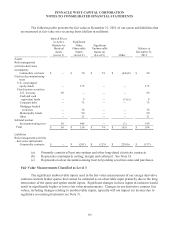 160
160 -
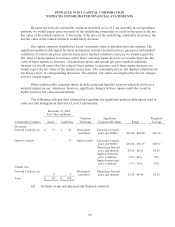 161
161 -
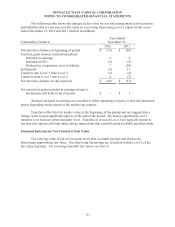 162
162 -
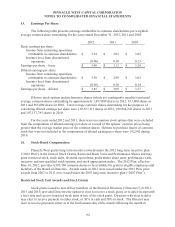 163
163 -
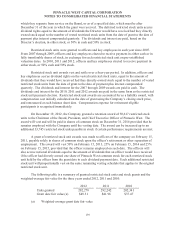 164
164 -
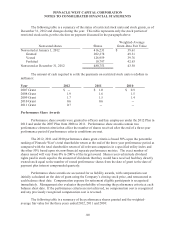 165
165 -
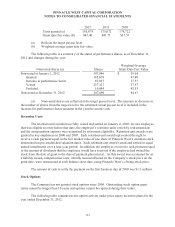 166
166 -
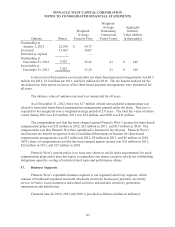 167
167 -
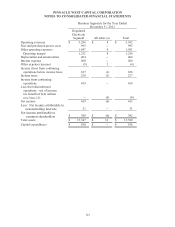 168
168 -
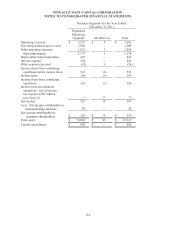 169
169 -
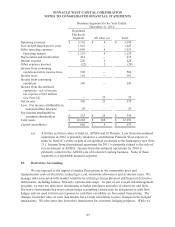 170
170 -
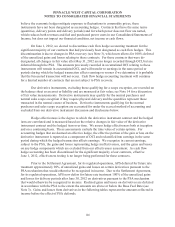 171
171 -
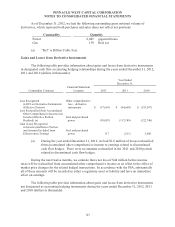 172
172 -
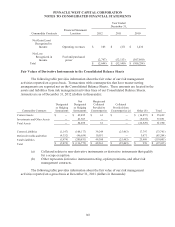 173
173 -
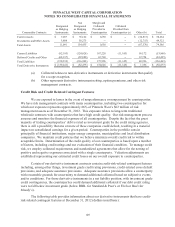 174
174 -
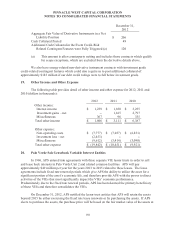 175
175 -
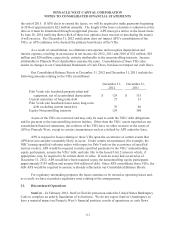 176
176 -
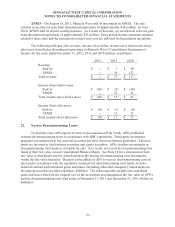 177
177 -
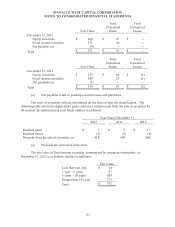 178
178 -
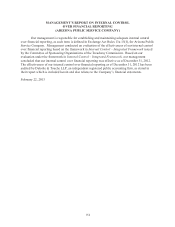 179
179 -
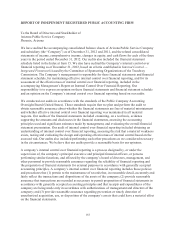 180
180 -
 181
181 -
 182
182 -
 183
183 -
 184
184 -
 185
185 -
 186
186 -
 187
187 -
 188
188 -
 189
189 -
 190
190 -
 191
191 -
 192
192 -
 193
193 -
 194
194 -
 195
195 -
 196
196 -
 197
197 -
 198
198 -
 199
199 -
 200
200 -
 201
201 -
 202
202 -
 203
203 -
 204
204 -
 205
205 -
 206
206 -
 207
207 -
 208
208 -
 209
209 -
 210
210 -
 211
211 -
 212
212 -
 213
213 -
 214
214 -
 215
215 -
 216
216 -
 217
217 -
 218
218 -
 219
219 -
 220
220 -
 221
221 -
 222
222 -
 223
223 -
 224
224 -
 225
225 -
 226
226 -
 227
227 -
 228
228 -
 229
229 -
 230
230 -
 231
231 -
 232
232 -
 233
233 -
 234
234 -
 235
235 -
 236
236 -
 237
237 -
 238
238 -
 239
239 -
 240
240 -
 241
241 -
 242
242 -
 243
243 -
 244
244 -
 245
245 -
 246
246 -
 247
247 -
 248
248 -
 249
249 -
 250
250 -
 251
251 -
 252
252 -
 253
253 -
 254
254 -
 255
255 -
 256
256
 |
 |

PINNACLE WEST CAPITAL CORPORATION
NOTES TO CONSOLIDATED FINANCIAL STATEMENTS
145
Business Segments for the Year Ended
December 31, 2010
Regulated
Electricity
Segment All other (a)
Total
Operating revenues
$ 3,181
$ 8
$ 3,189
Fuel and purchased power costs
1,047
--
1,047
Other operating expenses
1,009
4
1,013
Operating margin
1,125
4
1,129
Depreciation and amortization
415
--
415
Interest expense
226
2
228
Other expense (income)
(22)
2
(20)
Income from continuing
operations before income taxes
506
--
506
Income taxes
161
--
161
Income from continuing
operations
345
--
345
Income from discontinued
operations – net of income
tax expense of $16 million
(see Note 21)
-- 25 25
Net income
345
25
370
Less: Net income attributable to
noncontrolling interests
20 -- 20
Net income attributable to
common shareholders
$ 325 $ 25 $ 350
Total assets
$ 12,285
$ 108
$ 12,393
Capital expenditures
$ 666
$ 4
$ 670
(a) All other activities relate to SunCor, APSES and El Dorado. Loss from discontinued
operations in 2012 is primarily related to a contribution Pinnacle West expects to
make to SunCor’s estate as part of a negotiated resolution to the bankruptcy (see Note
21). Income from discontinued operations for 2011 is primarily related to the sale of
our investment in APSES. Income from discontinued operations for 2010 is
primarily related to the APSES sale of its district cooling business. None of these
segments is a reportable business segment.
18. Derivative Accounting
We are exposed to the impact of market fluctuations in the commodity price and
transportation costs of electricity, natural gas, coal, emissions allowances and in interest rates. We
manage risks associated with market volatility by utilizing various physical and financial derivative
instruments, including futures, forwards, options and swaps. As part of our overall risk management
program, we may use derivative instruments to hedge purchases and sales of electricity and fuels.
Derivative instruments that meet certain hedge accounting criteria may be designated as cash flow
hedges and are used to limit our exposure to cash flow variability on forecasted transactions. The
changes in market value of such instruments have a high correlation to price changes in the hedged
transactions. We also enter into derivative instruments for economic hedging purposes. While we
